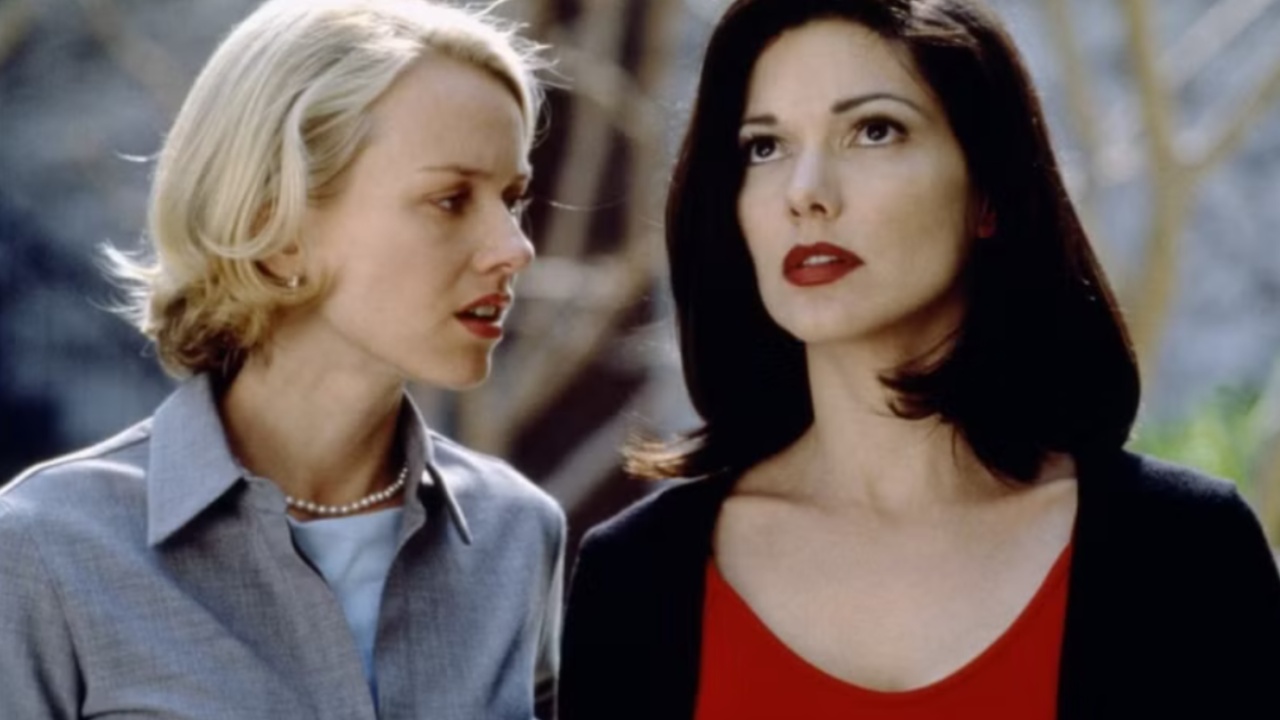David Lynch’s Mulholland Drive leverages his signature surrealist style to craft a story largely set within a dream. While fundamentally a thriller, the film blends elements of horror and romance, presenting a tense, dangerous, and emotionally charged narrative. Its nonlinear structure and multitude of characters contribute to its reputation as a confusing yet brilliant neo-noir masterpiece, drawing viewers into a disorienting and immersive cinematic experience.
Diane’s Dreams and Despair Blur Reality, Identity, and Hollywood’s Cruel Expectations
In the film’s final act, the narrative shifts focus from Betty and Rita to Diane Selwyn, a struggling actress who mirrors Betty. Diane’s life is marked by heartbreak and jealousy as she recalls her failing affair with the successful Camilla Rhodes. As the story unfolds, Diane’s reality blurs with dreamlike sequences: she witnesses betrayal at a party, hires a hitman, and eventually succumbs to guilt and despair, culminating in her own tragic death.

Much of the film takes place within Diane’s dream, where her painful reality is replaced with fantasy. In this dream world, Diane becomes Betty, an innocent and optimistic actress, while Camilla transforms into Rita, a woman who has lost her memory. This dream allows Diane to imagine an alternate life where her insecurities and failures are suppressed. The merging of Betty and Rita symbolizes Diane’s desire to control her surroundings and erase the painful aspects of her reality.
Symbols and Dreams Reveal Diane’s Psyche and Hollywood’s Cruel, Unrealized Ambitions
Lynch uses symbols such as the blue key, auditions, and the Club Silencio performance to represent Diane’s fractured psyche and the film industry’s pressures. The blue key, for example, signifies both Camilla’s death in reality and the collapse of Diane’s dream, unlocking the harsh truths she has been avoiding. Similarly, audition scenes and Hollywood figures in Diane’s dream reflect her feelings of inadequacy and the manipulative forces she perceives in the entertainment world.
Mulholland Drive ultimately portrays Hollywood as a place of shattered dreams, ego-driven conflicts, and moral decay. Diane’s journey exposes the destructive impact of jealousy, ambition, and the impossibility of achieving the “American Dream” in the film industry. Lynch intertwines dream and reality to show how personal failure and societal pressures collide, leaving a haunting meditation on identity, desire, and the dark undercurrents behind Hollywood glamour.



